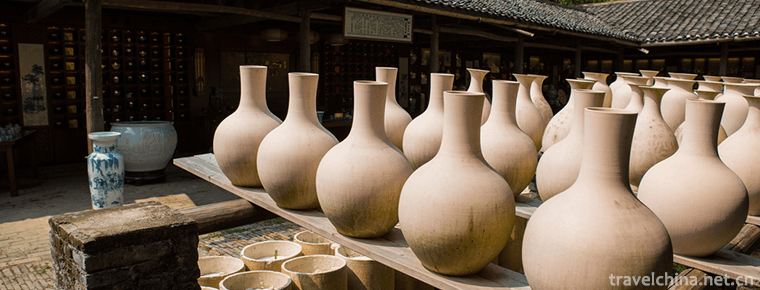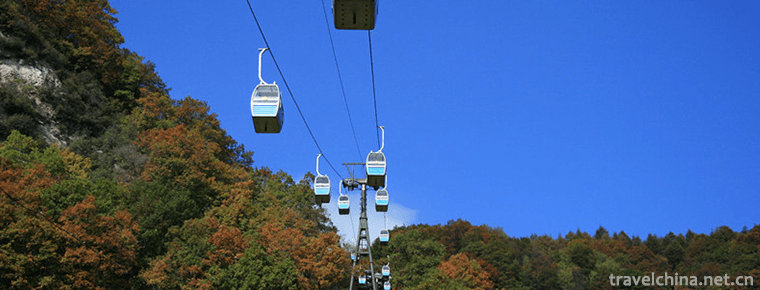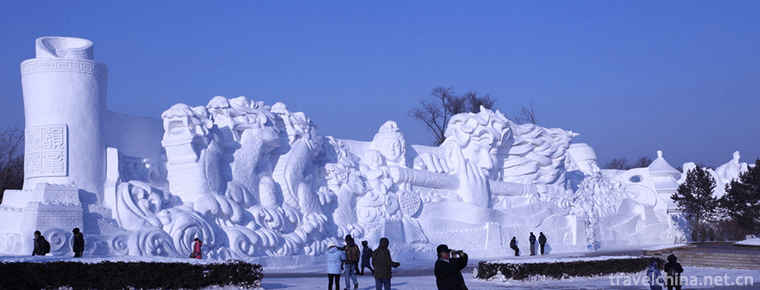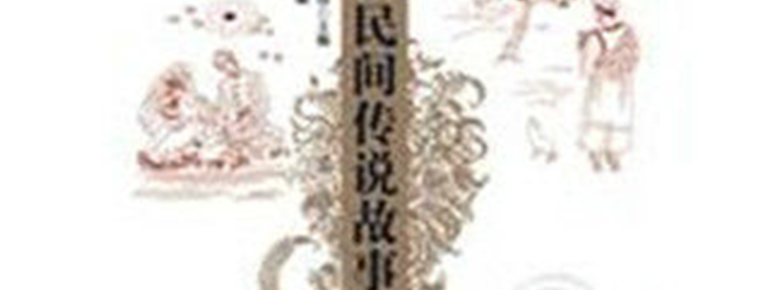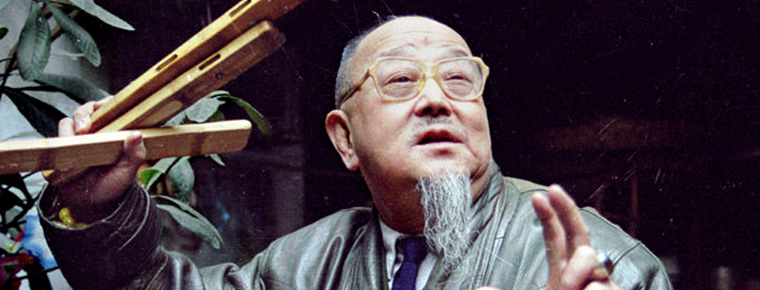Chinese Fashion Making Skills
Chinese Fashion Making Skills
Chinese style clothing (dragon and Phoenix cheongsam) originated from the late Qing and Qianlong dynasties, and is the inheritor of the Shanghai style cheongsam. Hengsheng's suit, which originated in 59 years of Qianlong, has a history of more than 200 years. By the 1930s, Fenggang tailors had established their leading position in the country. The unique skill with distinct Chinese costume style. With high-grade brocade and silk as fabrics, she tailored and sewed a series of products, such as cheongsam, gown, men's and women's Chinese suits, silk and cotton jackets, which are representative of Chinese costume culture and have far-reaching influence on both sides of the Straits and Southeast Asia.
On May 23, 2011, Chinese fashion making skills were approved by the State Council and listed in the third batch of national intangible cultural heritage list.
Brief Introduction to Production Techniques
June 2011 was selected as the third batch of national intangible cultural heritage list.
Number: 1173 Project Number: _-193 Declaration Area or Unit: Jing'an District, Shanghai, Huangpu District, Zhejiang Province, Hangzhou City
"Revitalizing the skill of making Chinese-style clothes in Xiangxiang" is a unique skill of making Chinese-style traditional clothes by hand. Over the past hundred years, this skill has absorbed and inherited the essence of costume culture of the Chinese nation for thousands of years, and has formed unique skills with distinct Chinese costume style, such as "big breast, erect collar (also known as Chinese collar), one-word button, inlay, inlay, roll, down, plate, nail, hook and embroidery". With high-grade brocade and silk as fabrics, she tailored and sewed a series of products, such as cheongsam, gown, men's and women's Chinese suits, silk and cotton jackets, which are representative of Chinese costume culture and have far-reaching influence on both sides of the Straits and Southeast Asia.
Its inheritor, Li Min Chinese Clothing Factory, is an old Chinese enterprise with stores on Youth Road and Jiefang Road in Shangcheng District. Ms. Chen Xiangmei, a well-known Chinese American, and Ma Ji, a famous cross-talk artist, are old customers of Limin Chinese garment factory, where Yao Ming has also ordered clothes. The factory also participated in the production of "blue and white porcelain" at the Olympic Games, and the Boao Chinese shirt worn by heads of state during the Boao Conference came from the factory.
The History of Clothing Making
Before liberation, Chinese clothing was called garment industry. Before the Qing Dynasty, there were only ready-made clothes shops in Hangzhou. This is the first form of Chinese fashion industry. Hangzhou Chinese style clothing style, following the Qing Dynasty's long gown, horsecoat, cheongsam, short shirt, most of them are men's long shirt, women's cheongsam, men's double-skinned short shirt, women's large-skinned short shirt, waistcoat, pants and so on.
In 1932, Ren Weng Tai School of Zhuji opened the "Revitalizing Xiangxiang Garment Shop" in Hangzhou. Because of its exquisite and unique skills, it has formed a set of self-contained superb production skills, and its business is very prosperous. In January 1956, it was renamed "Hangzhou Limin Chinese Garment Supply and Marketing Co-operative". As a technical consultant, Weng Tai School taught tailoring and sewing techniques in the way of teachers and apprentices, so that "revitalizing the production techniques of Xiangxiang Chinese Garment" was completely preserved.
The process flow includes:
Style conception: emphasizing tailor-made, personalized production.
Measure size:
Requirements must be courteous, sharp hands and feet, one measure is accurate. Fabric selection: All fabrics are made of high-grade brocade or silk fabrics produced locally in Hangzhou.
Cut:
Cutting can be divided into big cutting, small cutting, lockshell cutting, flower cutting and so on. Require to determine the direction of fabric pattern decoration, not arbitrarily reversed. Sewing: To revitalize the Chinese style garment sewing, there are specific requirements for stitch density, yarn orientation, sewing regulations, ironing and other processes. When a garment is finished, its appearance is natural, and it can't see a little needle and thread foot, which can only be achieved by manual refining. Xingxing sewing techniques include inlay, inlay, rolling, downfall, plate, nail, hook, embroidery and so on. Among them, disc button is the most distinctive feature of Xingxiang clothing production, and it is also a pure manual "lifestyle". Nail button: With an irrigation needle, nail the flower buttons with different shapes, playing the role of finishing the picture. Finally, the ready-made clothes are ironed and packed.
Xingxiang Chinese style clothing production technology, adhering to the exclusive traditional crafts, handicraft, tailor-made, fine-tailored is its characteristics. The inheritance of skills is entirely handed down orally by teachers with apprentices.


-
Heilongjiang Science and Technology Museum
Heilongjiang Science and Technology Museum is located in Sun Island Science and Technology Park of Harbin City, which is a ship-shaped building sailing.
Views: 277 Time 2018-12-08 -
Expo Area of Acient Kiln & Folk Cultures in Jingde
Jingdezhen Ancient Kiln Folklore Expo Area, located in Fengshu Mountain and Panlonggang, Changjiang District, Jingdezhen City, Jiangxi Province.
Views: 515 Time 2018-12-08 -
Wuyuezhai Scenic Area
Wuyuezhai Scenic Area, National Forest Park, AAAAAA Tourist Area, is located in the eastern foot of Taihang Mountain, located in the northwest of Lingshou County, Hebei Province.
Views: 165 Time 2018-12-22 -
The Ancient City of Gaochang
Gaochang City, which began in the first century B.C., was built by the army of Tuntian in the territory of Cheshi in the Western Han Dynasty. The site of the Old Town is located in the vicinity of Har.
Views: 115 Time 2019-01-12 -
Harbin Polarland
Harbin Polar Museum is the world's first polar entertainment park, one of the four major scenic spots of Harbin International Ice and Snow Festival, the national 4A-level tourist attraction.
Views: 172 Time 2019-01-13 -
Iron Coal Steam Locomotive Museum
Tiaobingshan Steam Locomotive Museum, formerly known as Iron Coal Steam Locomotive Museum. National AAAA-level scenic spots and national industrial tourism demonstration sites.
Views: 188 Time 2019-02-22 -
Hui Folk Stories
Hui Folklore Stories is a book published by Ningxia People's Publishing House in 2009 by Li Shujiang and Wang Zhengwei..
Views: 355 Time 2019-05-04 -
Jinling Classic Carving and Printing Techniques
Jinling classical engraving and printing technology, local traditional handicraft in Nanjing, Jiangsu Province, is one of the national intangible cultural heritage..
Views: 269 Time 2019-05-06 -
Money board
Money board is a traditional rap art in Sichuan, Guizhou and other places. It originated in Chengdu and Chongqing more than 300 years ago, and gradually spread to Yunnan.
Views: 161 Time 2019-05-07 -
The Legend of Shun
Shun was born in Zhufeng Village, Yongji County. His surname is Yao and his name is Chonghua because of his double pupils. Soon after his mother gave birth, he died. His father married a stepmother an.
Views: 128 Time 2019-06-16 -
Beijing Language and Culture University
Beijing Language and Culture University, established in 1962 under the personal care of Premier Zhou Enlai, is a university directly under the Ministry of Education of China. In June 1964, it was name.
Views: 213 Time 2019-09-22 -
down the mountain Yao Bu Yao Mai Cai Tik Tok Songs 2020 Hot Songs
"Down the mountain" is composed by Zhu bin. Yao Bu Yao Mai Cai to sing. It was released on November 22, 2019.
Views: 141 Time 2020-05-21

